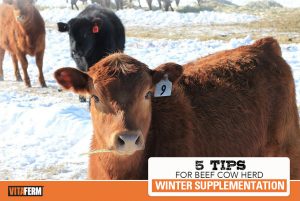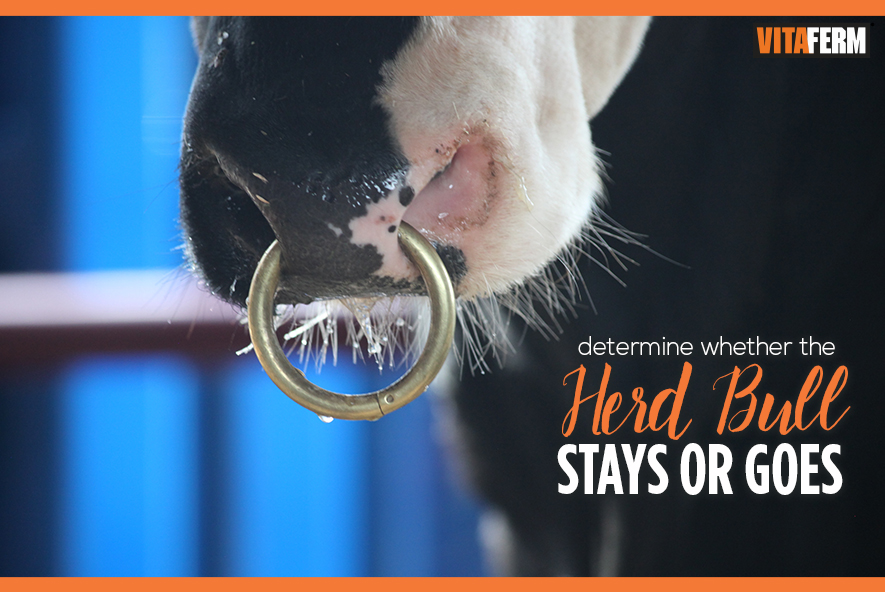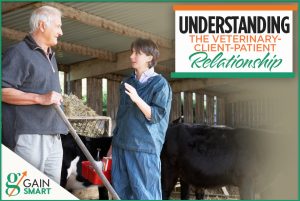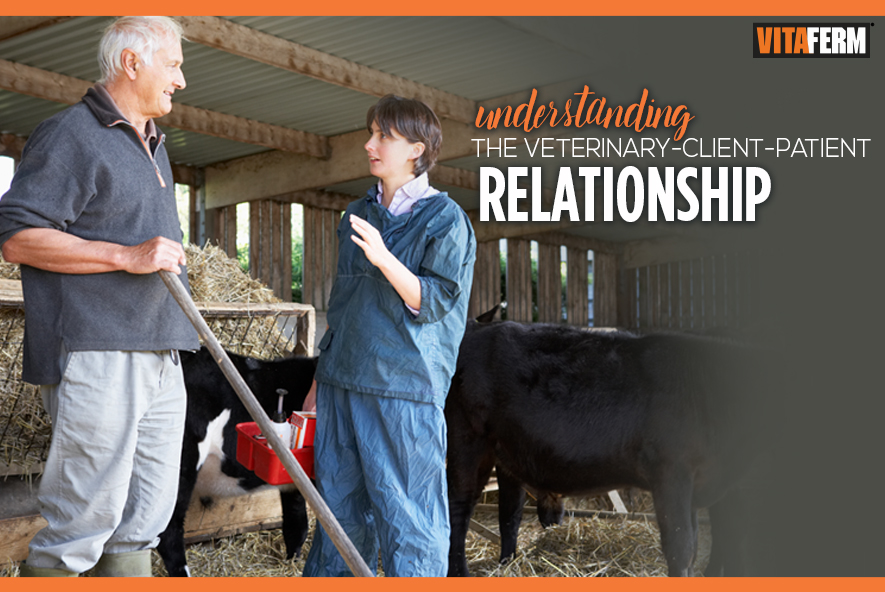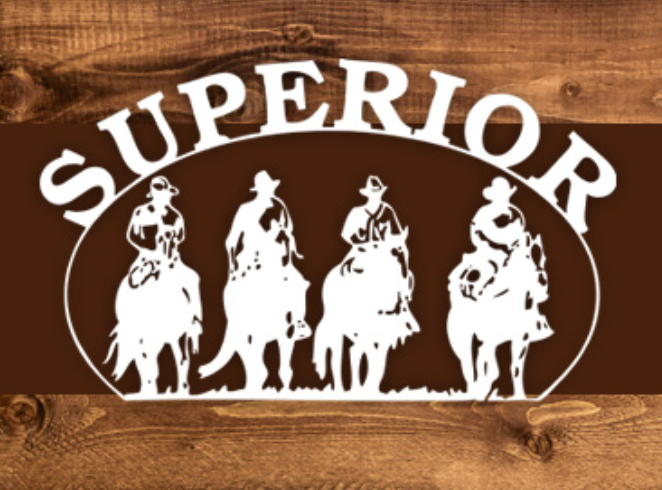With first blast of winter weather quickly approaching, have you thought about what that means to your cow herd? Keeping cattle in good condition through the fall and into early winter ultimately helps insulate the animal and minimize the amount of feed required later in the winter season. Kevin Glaubius, Director of Nutrition and Technical Sales […]
Determine Whether the Herd Bull Stays or Goes
By Patrick Wall, ISU Extension and Outreach beef program specialist This article may seem several months early for many cattle producers in the Upper Midwest; the combine and grain dryer demand a lot more attention than the cow herd this time of year. However, early fall is actually the most opportune time to evaluate bull power, […]
Understanding the Veterinary-Client-Patient Relationship
Article courtesy of Russ Daly, DVM, DACVPM, iGrow SDSU Extension By now, livestock producers are becoming aware of soon-to-be-implemented changes in how feed grade antibiotics are used, in the form of expanded use of the Veterinary Feed Directive (VFD). Producers using feed grade medications such as chlortetracycline and tylosin will need to obtain a prescription-like VFD form from a […]
Focus on Body Condition Scores Prior to Calving
There is a little bit of irony when we say “spring” calving is around the corner. However, regardless of when calves will hit the ground, you want to make sure you and your cows are prepared. Calf prices are certainly not what they were last year, but at this point, every live calf means dollars […]
Understanding the Veterinary-Client-Patient Relationship
Article courtesy of Russ Daly, DVM, DACVPM, igrow.org By now, livestock producers are becoming aware of soon-to-be-implemented changes in how feed grade antibiotics are used, in the form of expanded use of the Veterinary Feed Directive (VFD). Producers using feed grade medications such as chlortetracycline and tylosin will need to obtain a prescription-like VFD form from a veterinarian before they’re […]
Manage the Cattle for the Markets
In today’s market, cattle producers need to take advantage of every opportunity to increase the value and profit of their calves. Universities and cattle services have been reporting the economic effects of good and bad management practices for decades. One early report is a 1986 extension publication highlighting a sale barn survey that focused on […]
When Times Get Tough…Don’t Stop!
Supplementation programs will always be important building blocks for cow herd nutrition programs. During “belt tightening” times, getting the most bang for your buck becomes even more critical when selecting which, how much and what supplements to feed. It has been repeatedly proven that proper mineral, feed additive and protein supplementation will economically increase beef […]
VitaFerm Raised: Superior Livestock’s Value-Added Nutrition Program
With the input costs rising and dipping cattle prices, it is important that your cow herd’s nutrition is maximized. Without a solid nutrition program you could be sacrificing health, pounds and conception rates. As BioZyme Director of National Sales Alan Lee puts it, “It is very, very important that your cattle are nutritionally sound for […]
Prepare for the Worst During Fall Calving
Source: Oklahoma Cooperative Extension Service – Northeast District’s Timely Topics Motivational speaker Zig Ziglar is quoted saying “Expect the best. Prepare for the worst. Capitalize on what comes.” Most cattle producers do a really good job with management while expecting the best but sometimes we lack on preparing for the worst. There are steps that each […]
Rations Tip for Starting Early Weaned Calves
By Julie Walker, Associate Professor & SDSU Extension Beef Specialist Dry conditions have encouraged some producers to wean earlier than normal (6 to 7 months). Research has shown that these calves can perform as well or better than calves still nursing. Pasture quality has a key influence on performance of nursing calves. However, under “normal” […]
